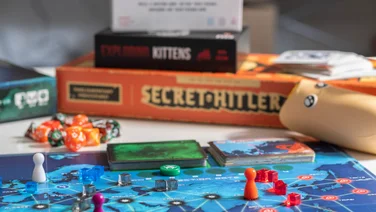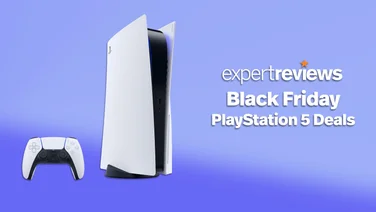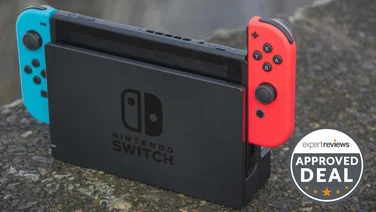To help us provide you with free impartial advice, we may earn a commission if you buy through links on our site. Learn more

Asus has given its ROG Ally handheld Windows gaming machine a boost at Computex 2024 with a bigger battery, improved ergonomics and more storage.
The new handheld, the ROG Ally X, isn’t a complete revamp, however. Its core vitals remain the same with an AMD Z1 Extreme processor at its heart and an identical 1080p 120Hz 7in screen for the visuals.
Instead, Asus’ engineers have been busy tweaking it in all sorts of little ways to make gamers’ lives easier.
Asus ROG Ally X hands-on: Specifications
- 7in 120Hz 1080p screen, 500 nits peak brightness, Dolby Vision support
- AMD Z1 Extreme processor
- 24GB of LPDDR5 7500MHz RAM (up from 16GB)
- 1TB SSD as standard (M.2 2280 for easier upgrades)
- Black colour way now available in addition to white
- 1 x USB-C 3.2 Gen 2; 1 x USB-C 4
- Dimensions: 280.2 x 36.9 x 114 (WDH)
- Weight: 678g
- Price: £799
- Availability: July 22nd 2024, Check price at Currys
Asus ROG Ally X hands-on: Improvements and first impressions
The first big change is to the battery, which Asus has doubled in size, from 40Wh to 80Wh, improving the time you can spend playing away from the mains – or a battery pack. Asus’ engineers, however, achieved that improvement without too much of an increase in overall weight.The Ally X is heavier, but only by 11.5% to 678g from 608g, and although a tad thicker, it doesn’t feel much bulkier.
Under the hood, there’s now 24GB of RAM, up from 16GB, and 1TB of SSD storage as standard. Another notable change Asus has made to the storage arrangement is that it’s in the form of a removable M.2 2280 drive, making it easier and cheaper to boost storage – for those who are handy with their DIY skills. Asus has also removed the XG Mobile port and replaced it with a second USB-C 4 port with support for DisplayPort 1.4 and USB PD 3 charging.

The improvements don’t stop with specifications, though. The Ally X also comes with a host of upgrades and small tweaks to general usability. The joysticks are now tougher and rated at 5 million cycles instead of 2 million, and they have stiffer springs for greater precision.
The hand grips have been rounded off to make them more comfortable. The rear macro buttons have been made smaller so they’re not as easy to tap by accident. Asus has tweaked the distances between the sticks and the buttons to make everything easier to reach with your thumbs. The cooling is better, Asus’ Armoury Crate software has been redesigned to give it a cleaner console-style look, and for those who care about looks, it’s now available in black as well as white.

I tried it at the launch event, and it felt very comfortable in my hands, with all the buttons falling nicely under my fingers and thumbs. Comfort isn’t something you can gauge from a quick five-minute gaming session, though – you only get a true impression after holding the thing in your hands for hours – but it’s certainly good to see Asus taking customer suggestions on board and working to improve things across the board.
Asus ROG Ally X hands-on: Early verdict
The one criticism is that the Asus ROG Ally X comes in at a price that’s £100 higher than the original ROG Ally’s launch price. And with the price of that handheld now reduced to £499, the difference between the two is a hefty £300.
That’s a lot of extra cash for what amounts to a series of tweaks, the most significant of which is a doubling of storage and a mere 8GB more RAM. And we suspect that, despite all of Asus’ hard work on the ROG Ally X, consumers will still opt for the cheaper device.






